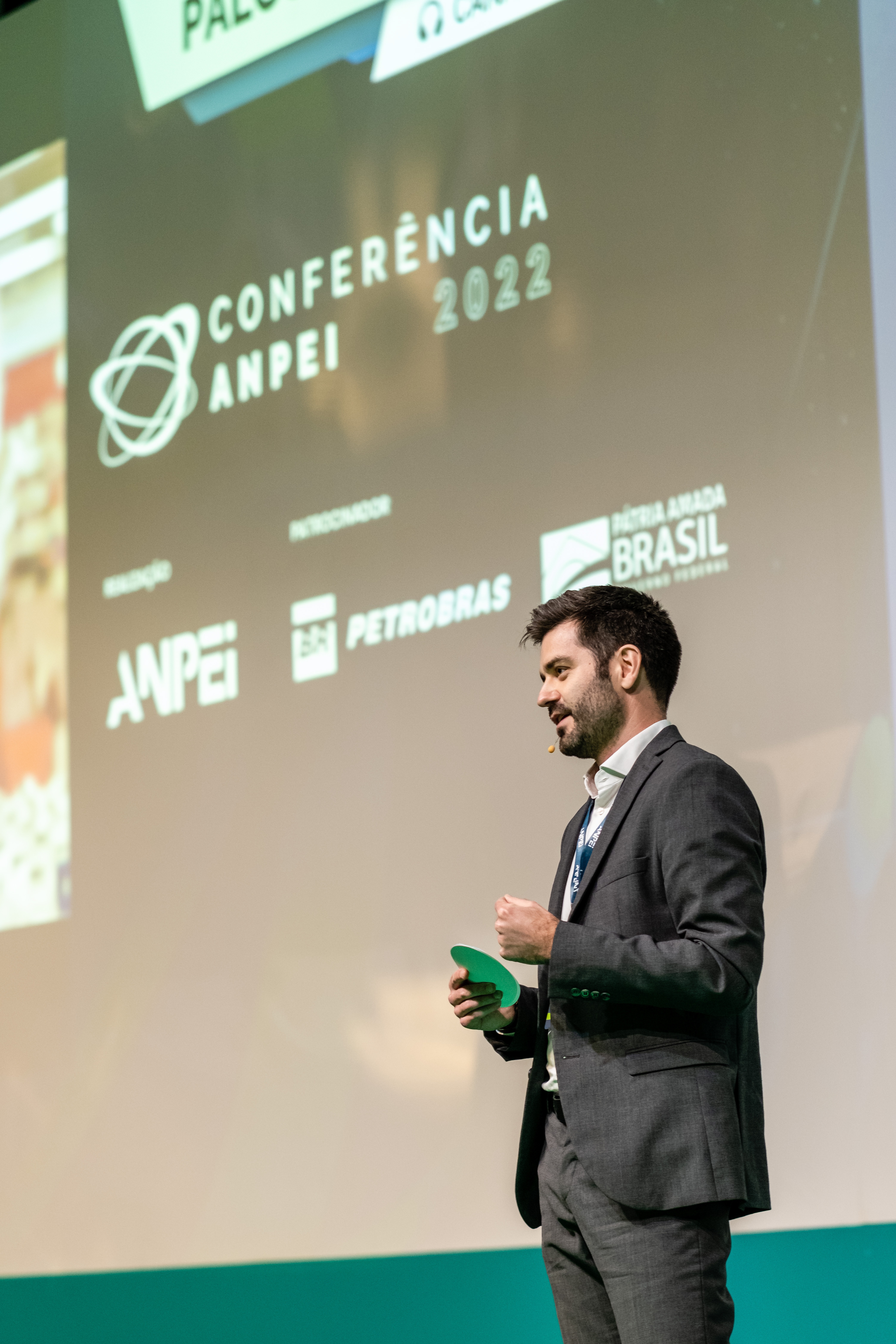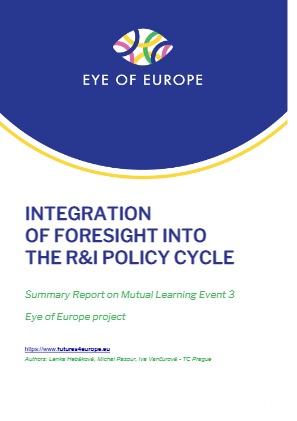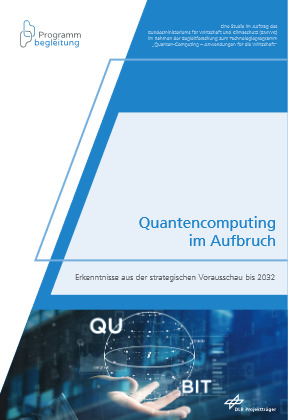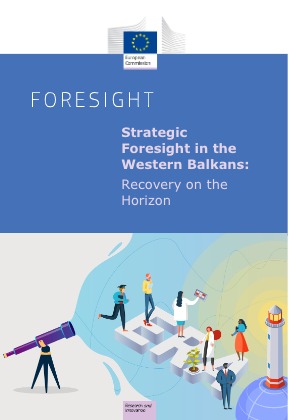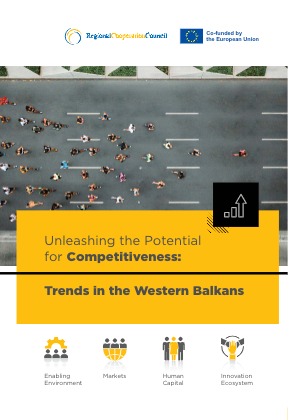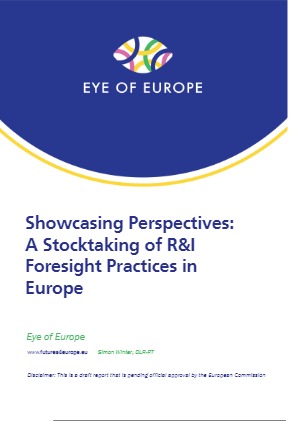Last Edited: 5 months ago
Eye of Europe´s third Mutual Learning Event21 January - 21 January 2025
Integration of Foresight into the R&I Policy Cycle
The third Mutual Learning Event (MLE) of project Eye of Europe took place online on January 21st, 2025. As a Coordination and Support Action, project Eye of Europe aims to enhance the integration of foresight practices into the Research and Innovation (R&I) policy-making across Europe and to nurture a vibrant, cohesive R&I foresight community that contributes significantly, as a collective intelligence, to shaping and guiding policy decisions.
Over forty participants from diverse stakeholder groups joined the event: Eye of Europe partner organizations, representatives from the European Commission, R&I funding agencies, representatives of governmental bodies. Expert presentations of two European and one national foresight exercises showcased diverse practices for integrating foresight results into the R&I policy cycle and formed the basis for vivid discussions in three interactive sessions.
Presentations:
• Project coordinator Radu Gheorghiu (UEFISCDI, Romania) introduced the Eye of Europe project as a social infrastructure supporting the strenghtening of the European foresight community. To this end, Eye of Europe hosts a series of activities: five mutual learning events, eleven pilot foresight activities and two conferences - highlighting the upcoming Futures4Europe conference to be held in Vienna on May 15-16, 2025. Moreover, the project enabled the upgrade of the platform futures4europe.eu to better serve its role as the online home of a vibrant and inclusive European foresight community. Multiple new improvements of the platform were shared in the closing section of the event.
• Moderator of the event Lenka Hebáková (TC Prague, Czech Republic) followed up with an introduction on the event´s aims and agenda.
• Nikos Kastrinos (former EC) shared about the Foresight on Demand project "Foresight towards the Second Strategic Plan of Horizon Europe”, providing insights into how foresight was employed and linked with the policy cycle in the period of HE strategies setting.
• “Megatrends 2050 in a Changing World and their Impact on Portugal” presented by Monica Isfan (PlanAPP, Portugal) showcased Portugal's experience with embedding foresight in the context of strategic planning.
• Klaus Kubeczko (AIT, Austria) and Jürgen Wengel (former EC) shared about the Foresight on Demand project “S&T&I 2050: Science, technology and innovation for ecosystem performance : accelerating sustainability transitions“ on mapping the relationship between emerging trends in science, technology and innovation and ecosystem performance in the context of the European Green Deal. Moreover, the presentation highlighted the project's engagement of a wide range of STI experts in a Dynamic Argumentative Delphi survey.
This event is the third in a series of five MLEs planned in the project; the following event will be held beginning April 2025 in Budapest. All Eye of Europe MLEs are organized by Technology Centre Prague (TC), Eye of Europe partner and key Czech national think tank and academia based NGO with a rich experience with knowledge-based policy making support and (participatory as well as expert based) foresight activities.
Posted on: 17/02/2025
